Wild petunia
Wild petunia (Ruellia caroliniensis) typically blooms late spring through late summer/early fall, attracting a variety of pollinators. It is the host plant for the White peacock and Common buckeye butterflies.
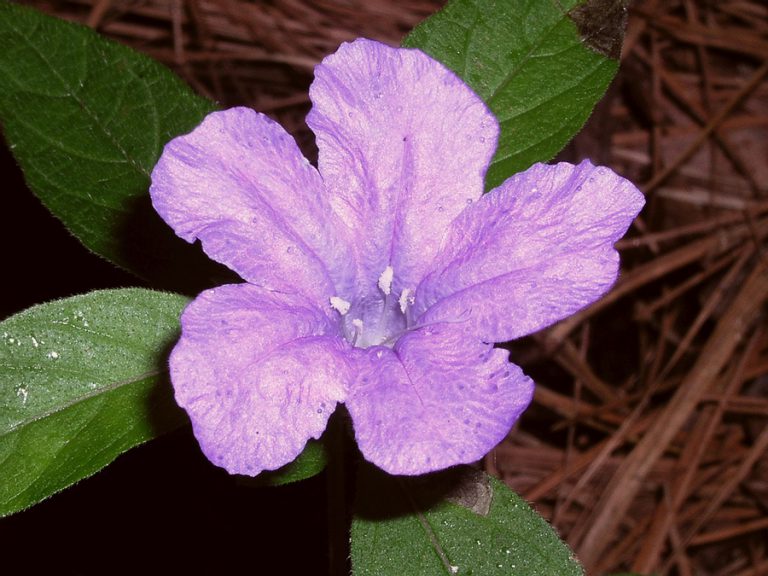
Wild petunia (Ruellia caroliniensis) typically blooms late spring through late summer/early fall, attracting a variety of pollinators. It is the host plant for the White peacock and Common buckeye butterflies.
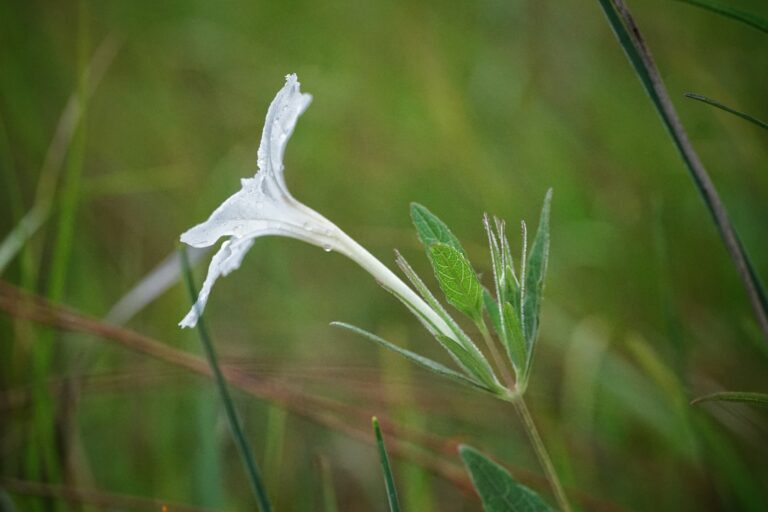
As the name suggests, Nightflowering wild petunia (Ruellia noctiflora) is a night-blooming wildflower whose flowers open around dusk then shrivel and drop by mid-morning the next day. The bloom’s nectaries are located at the base of a 3″ long flower tube requiring a special pollinator whose tongue is long enough to reach in and take a sip! The pollinators that fit this bill are sphinx moths (family Sphingidae). These nocturnal moths are attracted by the petunia’s large white flowers.
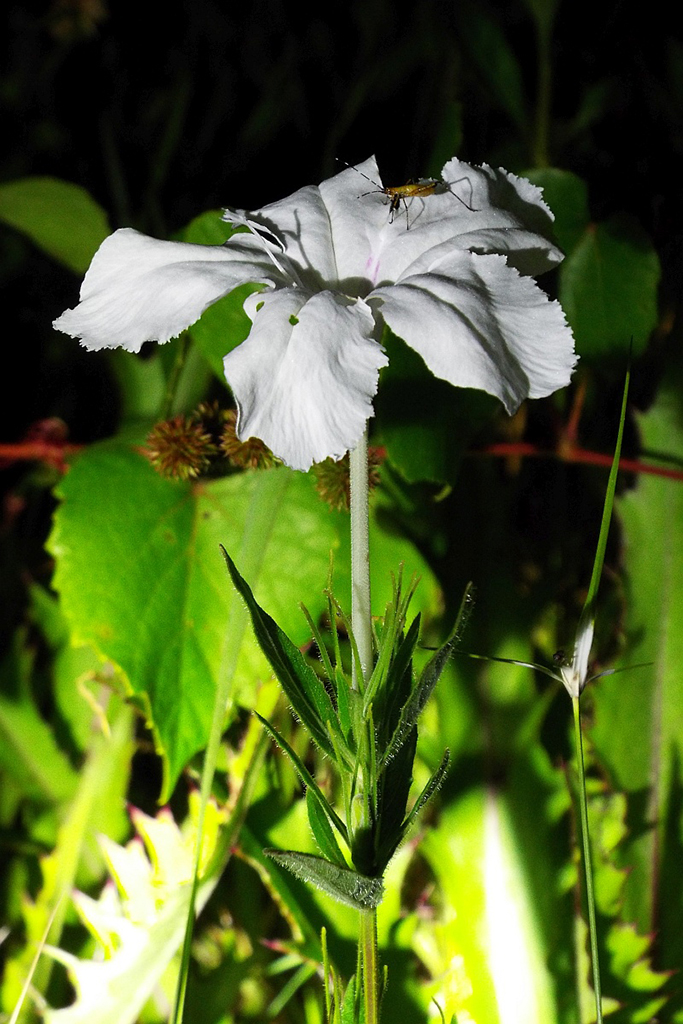
When Scott Davis found a large population of the state-listed endangered Night-blooming petunia (Ruellia noctiflora) growing along US 98, he asked the Florida Department of Transportation (FDOT) to declare it a protected wildflower area. FDOT did.
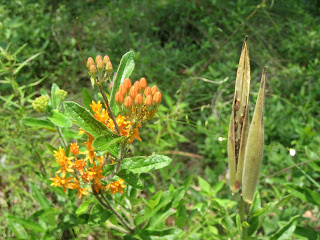
Although summer’s heat keeps many of us inside, it’s a busy time for wildflowers. Thousands of butterflies, bees, wasps and other insects visit flowers to obtain nectar.
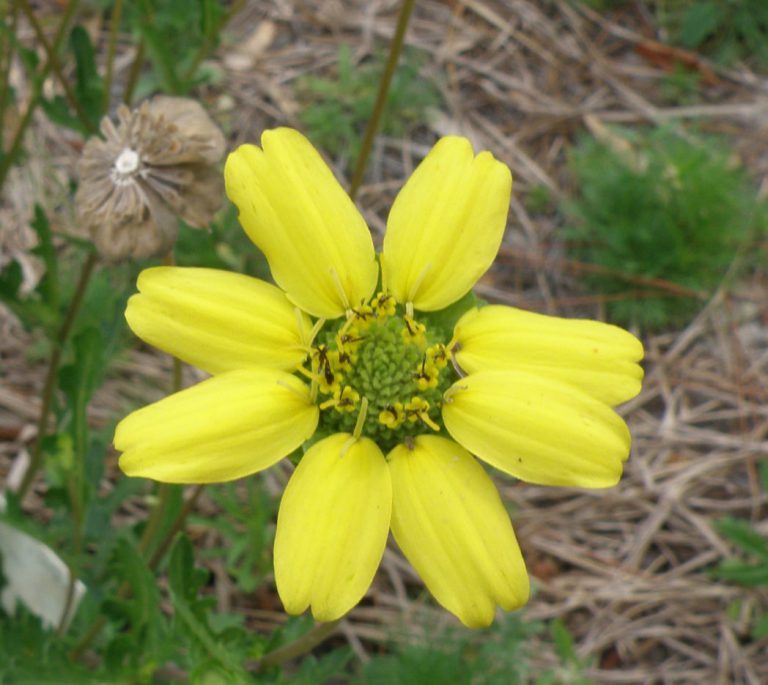
If you have added wildflowers to your landscape, you’ve probably learned how adaptable they are to a wide range of environmental conditions.
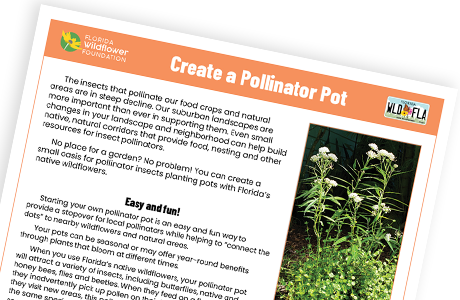
The insects that pollinate our food crops and natural areas are in steep decline. Our suburban landscapes are more important than ever in supporting them. No place for a garden? No problem! Our new video and handout can help you create a small pollinator oasis in a pot! Versión en español disponible.
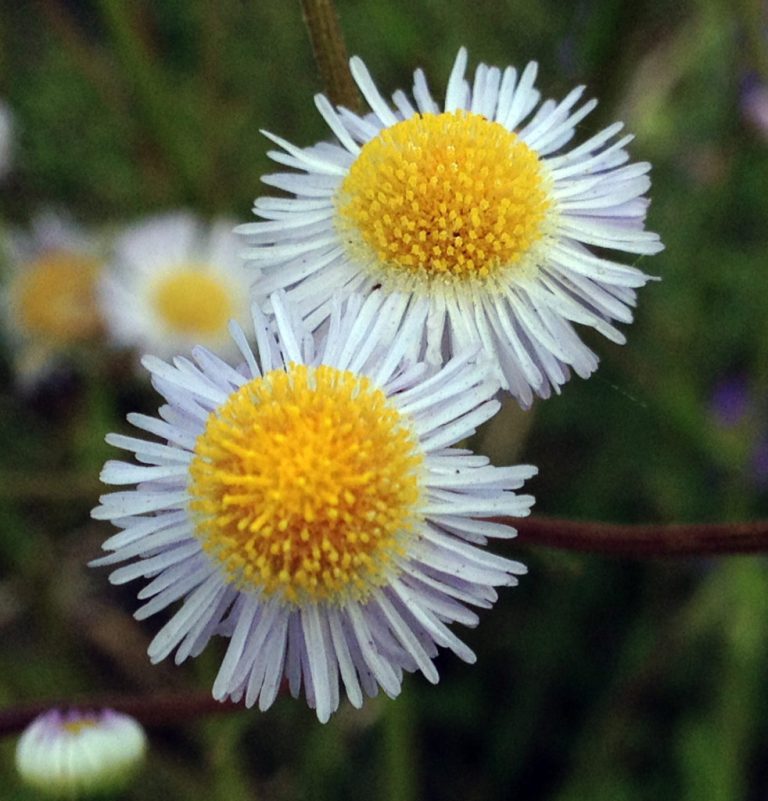
If you’re looking to dress up your landscape this summer, consider these native species, which adapt readily to home gardens and provide weeks of blooms.
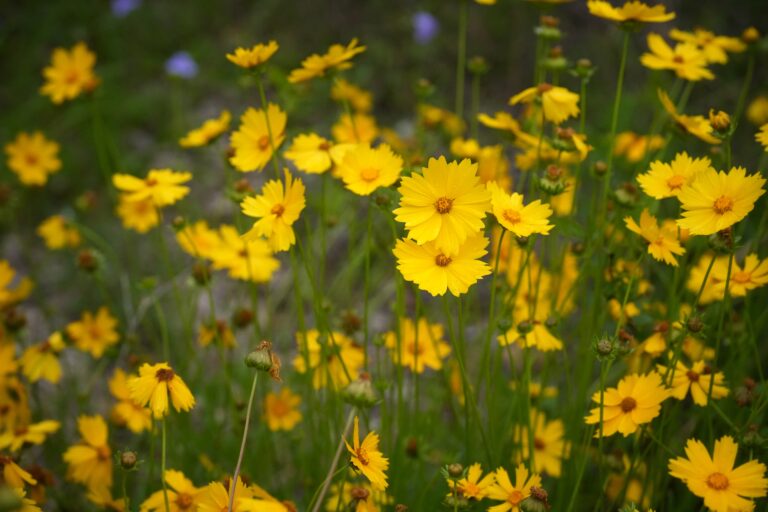
The Florida Wildflower Foundation is pleased to announce the recipients of the 2024 Viva Florida Landscape Demonstration Garden grants.

The Florida Wildflower Foundation is pleased to announce the recipients of the 2025 Viva Florida Landscape Demonstration Garden grants.
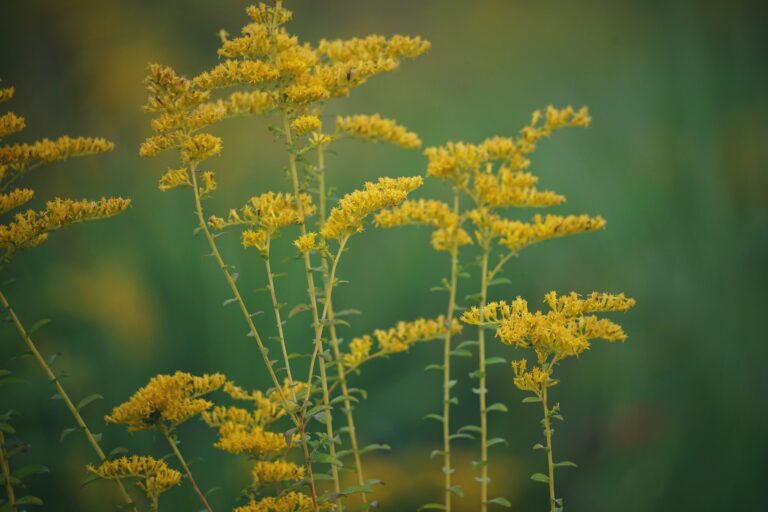
Frequently Asked Questions Have a question about Florida’s wildflowers, planting or our programs? This page provides answers to some of the most frequently asked questions we receive. If you don’t find an answer here, please email us at info@flawildflowers.org Education and Outreach Get Growing Getting to Know Florida’s Wildflowers Community and Roadside Wildflowers The State…
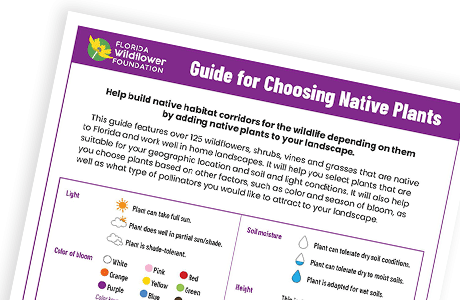
This guide includes over 120 Florida native wildflowers, shrubs, vines and grasses that work well in home landscapes. It will help you choose plants based on your location, soil and light conditions, color and season of bloom, and pollinator use. Versión en español disponible.
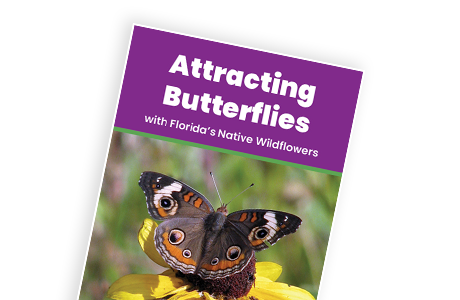
You can help provide food and habitat for Florida’s butterflies by landscaping with native wildflowers. Learn more now. Versión en español disponible.